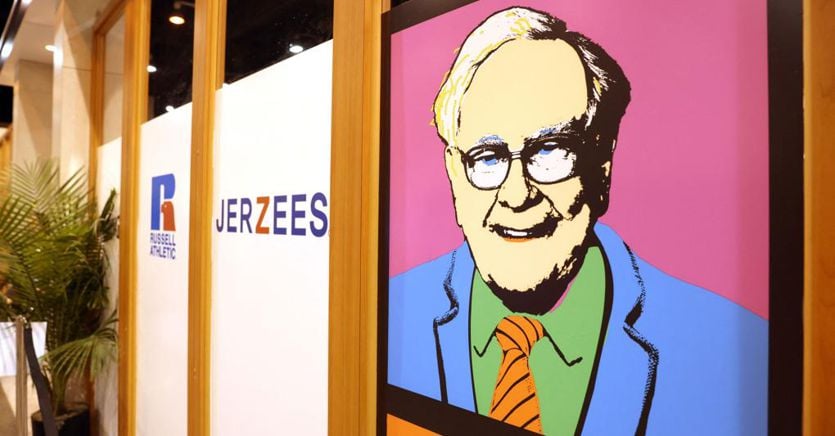NEW YORK (AP) — As COVID-19 swept through New York City, concerned residents took to the streets, sidewalks and parks for activities they could no longer do indoors for fear of the coronavirus. They dined with friends in open-air sheds the restaurants hastily built, and attended health classes, concerts and even therapy sessions on streets closed to traffic.
As the city continues on its way back to normal, the pandemic may have left a lasting mark on the way the city uses its streets: more room for people and less room for cars.
Despite the fact that masks and proof of vaccination are no longer required for the closed spaces of restaurants, outdoor dining terraces, installed in former parking lanes, have never been more abundant.
Meanwhile, the city is expanding its Open Streets program, which closes streets to vehicles and opens them to pedestrians.
The expansion of the program, originally conceived as a way to give New Yorkers more space to exercise, is intended in part to increase foot traffic in commercial corridors and provide opportunities for low-income neighborhoods.
“There were a lot of closures of things during COVID. There are sections of streets where there are lots and lots of empty storefronts, and that’s depressing,” said Maura Harway, who lives on Manhattan’s Upper West Side.
For years, some city leaders have sought to “reinvent and repurpose the use of our streets,” said city transportation commissioner Ydanis Rodríguez, who wants more neighborhood walks for outdoor gatherings.
That rethinking started before the pandemic. Two decades ago, then-Mayor Michael Bloomberg oversaw a major expansion of bike lanes and allowed bike rental stations to be set up on city streets. He championed pedestrian plazas like Herald Square and Times Square to keep cars out of pedestrian corridors. And his administration expanded greenways and waterfront parks, especially in Manhattan and Brooklyn.
Bill de Blasio followed the example of his predecessor and implemented more measures to control and reduce the speed of vehicular traffic. He also pushed, like Bloomberg, a system that would collect tolls for driving in a large swath of Manhattan.
For his part, the current mayor, Eric Adams, has promised to continue “regaining space for pedestrians.”
–


